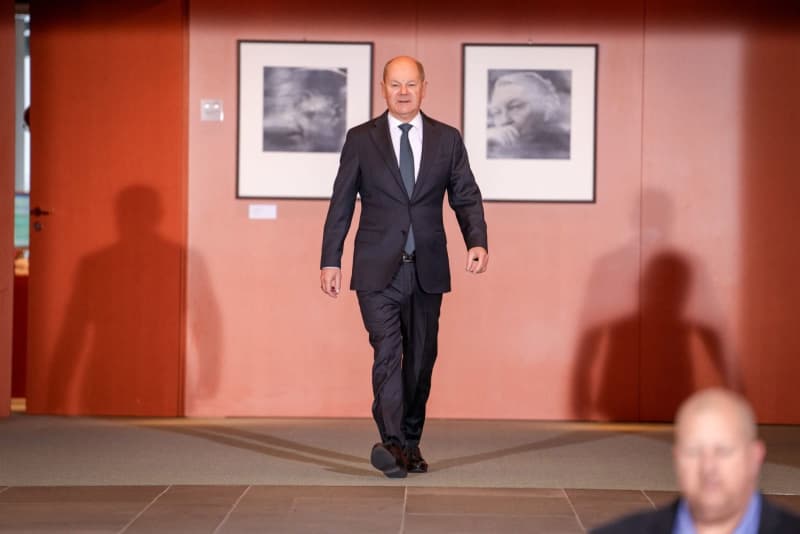German Chancellor Olaf Scholz emphasized the urgent need for action at the European Union (EU) level to rejuvenate the struggling steel industry during a recent summit in Berlin with industry leaders and labor representatives. The meeting aimed to address the persistent challenges faced by the sector, which has been grappling with competition from lower-cost producers in Asia and a volatile market environment. As Europe’s steel industry continues to struggle, German officials are advocating for an array of relief measures to stabilize and support the sector, which is a critical component of the economy.
In his discussions, Scholz’s chief spokesman, Steffen Hebestreit, conveyed a clear message: the German government has called upon the European Commission to maintain and enhance existing relief measures that are vital for the steel industry’s survival. This call for action reflects the industry’s ongoing difficulties, including the impact of dumping practices and market-distorting subsidies that further exacerbate competitive disadvantages. The German leadership is seeking to ensure that the EU examines and implements necessary trade protection measures that could safeguard the steel sector from external pressures, enabling it to compete more effectively.
Another focal point of the discussions was the high electricity prices that industrial producers face in Germany. Scholz reiterated several proposals from his minority government aimed at subsidizing the fees associated with the expansion of Germany’s power grid. These initiatives are designed to alleviate financial burdens on the steel industry, which struggles with energy costs while contending with international competition. However, passing these proposals is complicated by the political landscape, as Scholz has been operating without a parliamentary majority since the dismissal of former finance minister Christian Lindner, posing challenges for legislative approval.
The call for intensified EU-level intervention underscores a recognition that the issues facing the steel industry are not confined to Germany alone but are shared by multiple EU member states. As the industry faces transformative challenges including environmental regulations and the need for modernization, leaders are advocating for a unified European approach to ensure that steel remains a viable sector within the EU. Proposals for assisting transitioning steel industries are critical, especially as Europe aims to balance sustainability initiatives with industrial competitiveness.
As Scholz prepares for the upcoming early elections scheduled for February 23, the fate of his proposals may hinge on potential alliances and support from opposition parties. The urgency of the situation means that both immediate action and longer-term strategies are necessary to ensure the viability of the steel industry in Germany and across the EU. Engaging a broader spectrum of political stakeholders in this endeavor will be essential for crafting a cohesive and effective response to the challenges faced by this key sector.
In conclusion, the summit signified a critical moment for the steel industry as stakeholders gather to address its future. The push for EU-level action, reinforced by calls for improved trade protections and energy subsidies, reflects a broader understanding that protecting and revitalizing the steel industry is vital not only for economic reasons but also for employment and industrial strategy in Europe. As the political landscape evolves with upcoming elections, coalition-building around these issues will be crucial in navigating the complex challenges that lie ahead for the steel sector.

